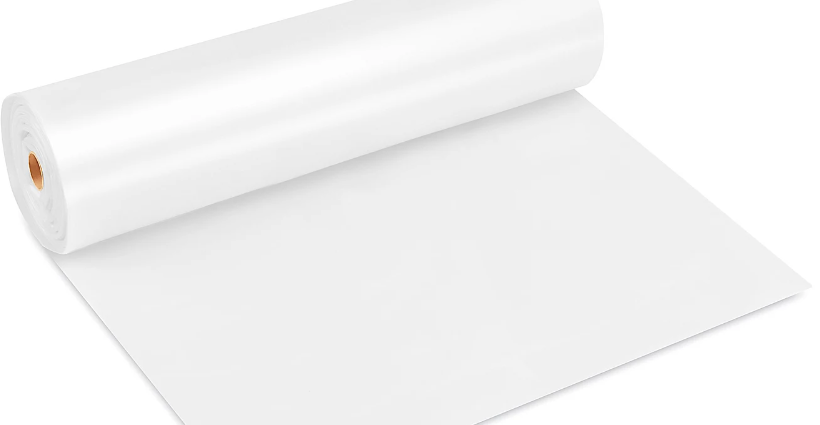As the world grapples with environmental challenges, the quest for sustainable materials has gained momentum. Poly sheeting, a product derived from polyethylene, stands out as one such material that combines versatility in application with environmental benefits. This blog post delves into the advantages of that from an ecological standpoint, highlighting why it’s increasingly becoming a material of choice in various industries.
A Look at Polyethylene
Poly sheeting, also commonly known as polyethylene sheeting, is a clear, flexible, and durable material that serves multiple purposes. Its applications range from protective coverings in construction, and moisture barriers, to agricultural films. Because of polyethylene’s adaptability, it can be manufactured in various densities and thicknesses, catering to diverse needs while offering environmental advantages over other materials.
Durability and Resource Efficiency
Its resistance to tears and punctures means it can withstand considerable wear and tear, fulfilling its function for extended periods without requiring frequent replacements. This inherent durability translates to lesser material turnover and, consequently, a reduction in resource extraction. By requiring fewer resources for production and decreasing material waste, polyethylene helps conserve the finite resources our planet has to offer.
Recyclability and Circular Economy
At a time when the world is drowning in plastic waste, the ability to reclaim and repurpose polyethylene material is paramount. It can be melted down and reformed into new products multiple times, reducing the need for virgin plastic production and diverting waste from overcrowded landfills. This recycling process conserves energy, and by keeping polyethylene in use for as long as possible, it supports the principles of a circular economy.
Pollution Reduction
In construction, it prevents hazardous chemicals and materials from contaminating the surrounding soil and water. In the agricultural sector, it plays a critical role in controlling the runoff of pesticides and fertilizers, thus preserving the quality of water bodies and aquatic life. By controlling the spread of these contaminants, polyethylene aids in protecting ecosystems and public health.
Water Conservation
Water is one of our most valuable resources, and polyethylene sheeting contributes significantly to water conservation efforts, especially in agriculture. Used as a liner for irrigation canals or as mulch over soil, it minimizes evaporation and optimizes water use. The result is an efficient irrigation system that conserves water—a boon in areas where water scarcity is a pressing concern. Conserving water not only benefits the environment but also enhances the sustainability of agricultural practices.
Carbon Footprint Reduction
The manufacture of it is generally a less energy-intensive process compared to other materials like glass or metal. Moreover, its lightweight property means that transportation requires less energy, leading to reduced emissions of greenhouse gases associated with transportation. By lowering the carbon footprint throughout its lifecycle, polyethylene serves as an example of how material choices can impact global carbon emissions.
Biodegradable Options
As environmental awareness grows, so does the innovation around sustainable materials. The future of polyethylene includes the exploration of biodegradable options, which offer the same practical applications while being designed to break down more easily once discarded, further minimizing environmental impact. While these options are still being refined, they represent a promising advancement in creating materials that align with our environmental objectives.
Increasing Awareness and Adoption
This means promoting the importance of recycling programs and educating industries and the public about the proper disposal and reuse of polyethylene products. By doing so, we can ensure that poly sheeting continues to serve its functional purposes while adhering to environmentally friendly standards.
Conclusion
Poly sheeting exemplifies how innovation in material science can lead to more sustainable solutions without compromising on quality or functionality. Its durability, recyclability, and contribution to resource conservation, pollution reduction, and water conservation, underscore its environmental advantages. As we continue to face pressing environmental issues, materials like polyethylene play a vital role in forging a path toward a more sustainable future. By embracing these eco-friendly materials, and committing to responsible production and disposal practices, we can make significant strides in preserving our planet for future generations.

